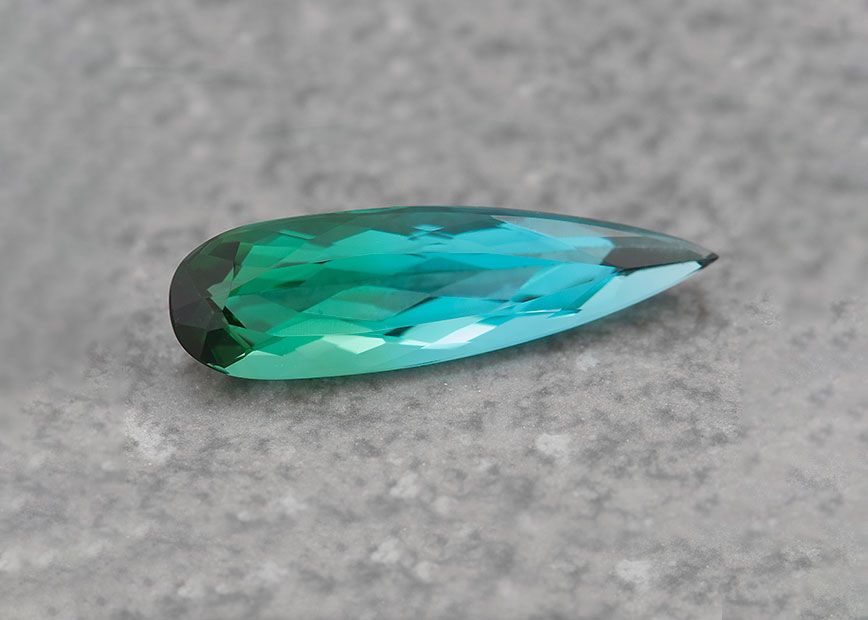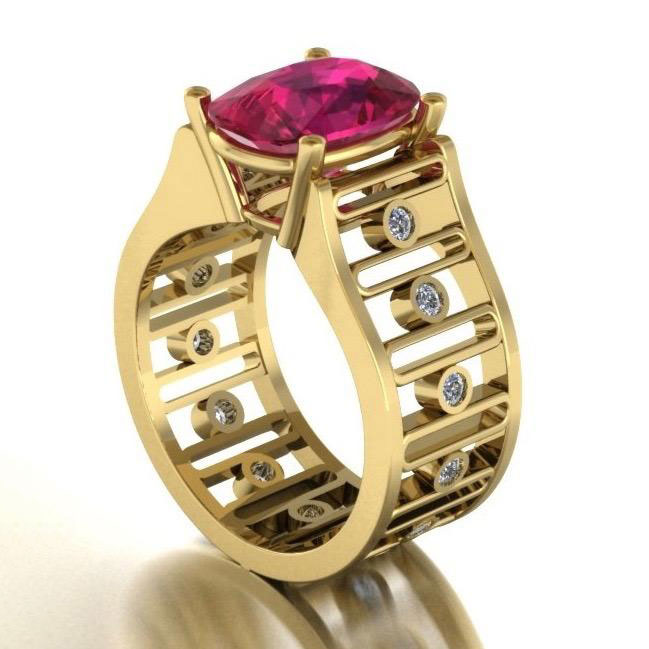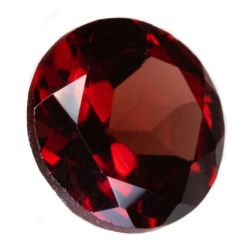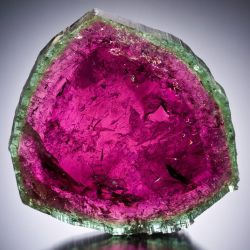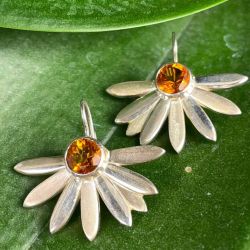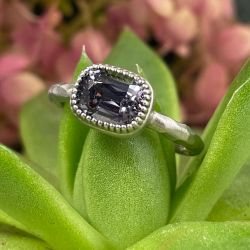Tourmaline: A Rainbow of Brilliance
Many readers may be familiar with tourmaline from hair dryer ads that talk about “negative ionization” and “infra-red heat.”
But it’s not just a gimmick; tourmaline does indeed possess remarkable magnetic properties. When heated, it generates electricity, and this ionized infra-red heat doesn’t damage hair and dries faster.
The 17th century Dutch traders who first brought tourmaline to Europe from Sri Lanka (then known as Ceylon) knew something about tourmaline’s peculiar properties, as well. They called the stone “the Ceylonese Magnet” and would clean their tobacco pipes using tourmaline’s electromagnetism to draw the ash out.
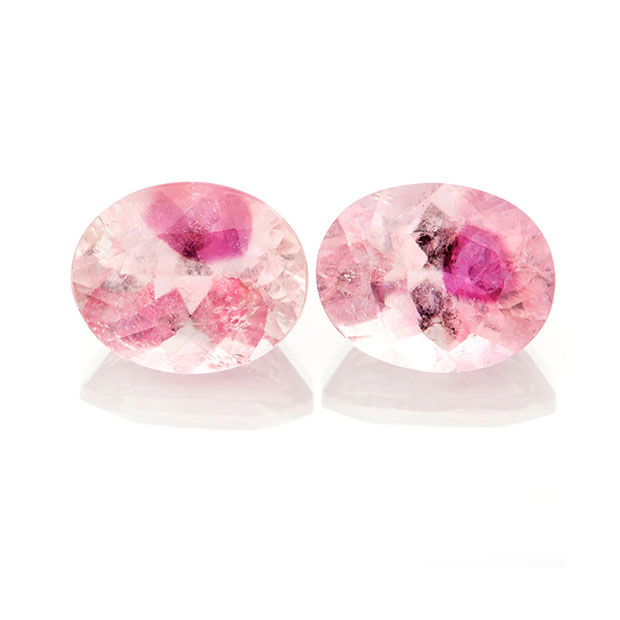 But tourmaline isn’t just a scientific oddity used as fancy pipe cleaners and inexpensive hair-care products; it’s also one of nature’s most dazzling and varied gemstones. Its name derives from toramalli, a word in the Sinhalese language of Sri Lanka used to refer to the multicolored stones miners found in the gravel of the island.
But tourmaline isn’t just a scientific oddity used as fancy pipe cleaners and inexpensive hair-care products; it’s also one of nature’s most dazzling and varied gemstones. Its name derives from toramalli, a word in the Sinhalese language of Sri Lanka used to refer to the multicolored stones miners found in the gravel of the island.
Often mistaken for other gems because of its range of colors, tourmaline has probably been used in jewelry for centuries but only gained a name of its own with the advent of modern mineralogy. Who knows how many of the brilliant rubies and rich emeralds favored by Indian royalty were actually Sri Lankan tourmalines. For those wanting to celebrate their October birthday, a full palate of color is available in tourmaline.
But far from being just an impostor, many varieties of tourmaline are unmistakably unique. Paraíba tourmaline, named for the state in northeastern Brazil where it was originally discovered, dazzles in neon green and electric blue, unlike anything else in nature.
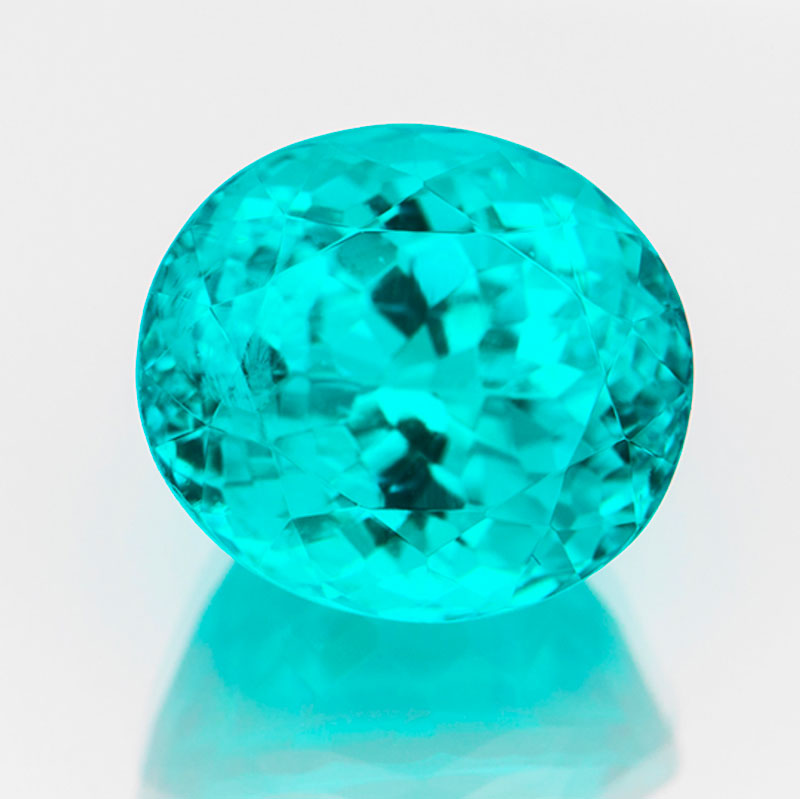
Watermelon tourmaline, a parti-colored (multicolored) gemstone, captures a similar green/pink contrast but in a single stone. You might also find orange-yellow, pink-yellow, or red-blue parti-colored tourmalines; really, any color that tourmaline comes in, you can find them combined in a single gem—and tourmaline comes in just about every color imaginable! There is truly a tourmaline for every personality and preference.
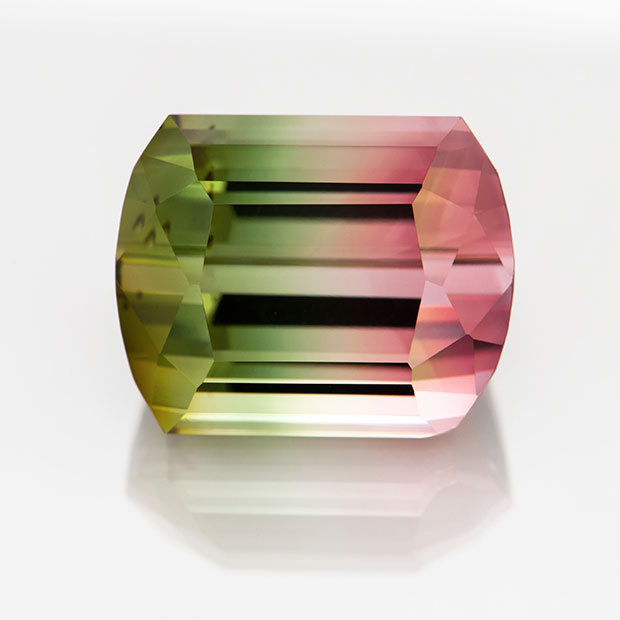 Bi-Color Watermelon Tourmaline from Mayer & Watt
Bi-Color Watermelon Tourmaline from Mayer & Watt
Why are there so many different colors of tourmaline?
The name “tourmaline” describes a large variety of boron silicate minerals. Though the many types of tourmaline all share a common crystal structure, they vary in chemical composition. Tourmaline owes its great diversity of color to this variance. Due to the peculiarities of the mineral’s crystal structure, different elements can bond with the crystal, resulting in over thirty types of tourmaline across eleven species.
It is the presence of copper, for instance, that gives Paraíba tourmaline its neon blue and green glow. Vanadium makes chrome tourmaline green, the same element that lends some emeralds their distinctive green hue, while manganese is responsible for rubellite’s ruby-red color.
How is tourmaline formed?
Tourmaline often forms large crystals in hydrothermal cavities. Hot water forces its way up through the Earth’s crust, carrying the building blocks of tourmaline with it. The crystals can remain within these cracks and fractures and grow to considerable size, or they can be pushed up to the surface. Because tourmaline is so hard—anywhere between 7 and 7.5 on the Mohs scale—it can be carried long distances in streams without breaking down. Brazil and the nations of southern Africa are the world’s biggest producers of tourmaline. Other major mining regions include Pakistan, Sri Lanka, Afghanistan, and North America.
Durable enough for a variety of settings, with colors to match any occasion, tourmaline is a great stone to work with as it allows for plenty of artistic expression. It’s great for your hair, sure, but it looks even better around your neck, hanging from your ear, or on your finger—its durability and diversity make it perfect for just about any context.
